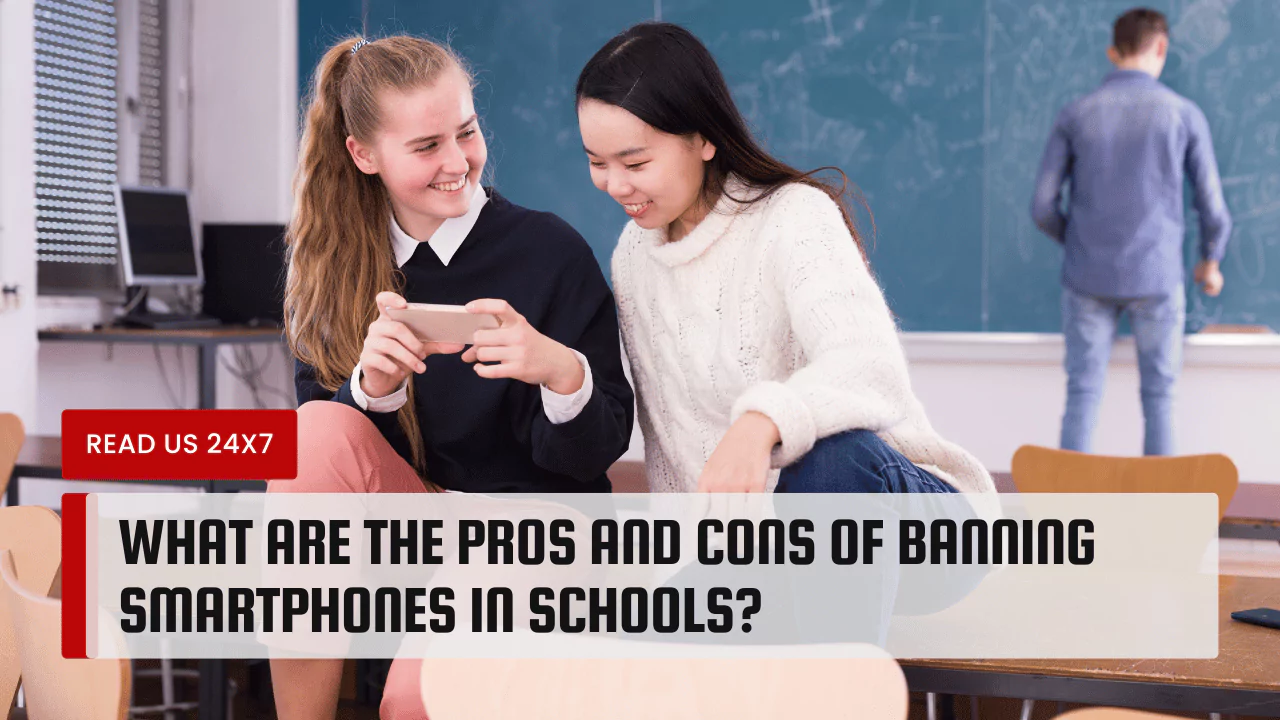Smartphones have become an undeniable part of modern life, especially for younger generations. This raises a crucial question for educators: should these ubiquitous devices be allowed in schools? There are compelling arguments on both sides, with potential benefits for learning and communication balanced against concerns about distractions and misuse.
Pros of Allowing Smartphones in Schools
1. Access to Educational Resources
Smartphones are powerful educational tools. With a few taps, students can access a vast library of information, from online encyclopedias and educational apps to digital textbooks and multimedia resources. This allows for deeper exploration of topics, independent research, and collaboration on projects. Teachers can leverage this by incorporating mobile technology into lesson plans, encouraging students to use their phones for research activities or interactive learning exercises.
2. Improved Communication
Smartphones provide an immediate and convenient way for students to communicate with parents, teachers, and classmates. This can be particularly beneficial for older students with after-school activities or those who need to adjust their schedules. Additionally, communication apps can facilitate collaborative work and real-time discussions between students on group projects.
3. Potential for Increased Engagement
Smartphones can make learning more engaging and interactive. Educational games, simulations, and virtual reality experiences can all be accessed through smartphones, catering to different learning styles and fostering a more active approach to education. This can be especially useful for students who struggle with traditional learning methods.
Cons of Allowing Smartphones in Schools
1. Distractions
The biggest concern around allowing smartphones in schools is the potential for distraction. The constant notifications, social media updates, and games readily available on smartphones can easily divert a student’s attention from lessons and assignments. This can lead to decreased focus, lower comprehension, and ultimately, poorer academic performance.
2. Cyberbullying and Harassment
Unfortunately, the anonymity and ease of online communication can create a breeding ground for cyberbullying and harassment. Students with smartphones could be targeted by their peers, leading to emotional distress and creating a hostile school environment. Proper supervision and education on responsible online behavior are crucial to mitigate this risk.
3. Decreased Academic Performance
Studies have shown a correlation between increased smartphone use and lower academic performance. This could be due to distractions, but also a potential decrease in critical thinking and problem-solving skills as students become reliant on readily available information.
Parental and School Involvement
The key to managing smartphones in schools lies in a collaborative approach between parents, educators, and students.
- Setting boundaries: Schools should establish clear policies regarding smartphone use during school hours. This could involve designated phone-free zones like classrooms, or specific times when phones are allowed, such as during breaks or lunch.
- Enforcing rules: Clear and consistent enforcement of these policies is essential. Schools should have consequences in place for students who violate the rules, such as temporary confiscation of phones or detentions.
- Educating on responsible phone use: Both schools and parents have a role to play in educating students on responsible phone use. This includes teaching them about digital citizenship, cyberbullying prevention, and strategies to avoid distractions. Additionally, schools can integrate lessons on digital literacy and critical thinking skills to help students navigate the vast amount of information available online.
The presence of smartphones in schools presents both opportunities and challenges. By acknowledging the potential benefits for learning and communication while proactively addressing the concerns about distractions and misuse, schools can create a responsible and productive environment for students to leverage technology for educational purposes.



